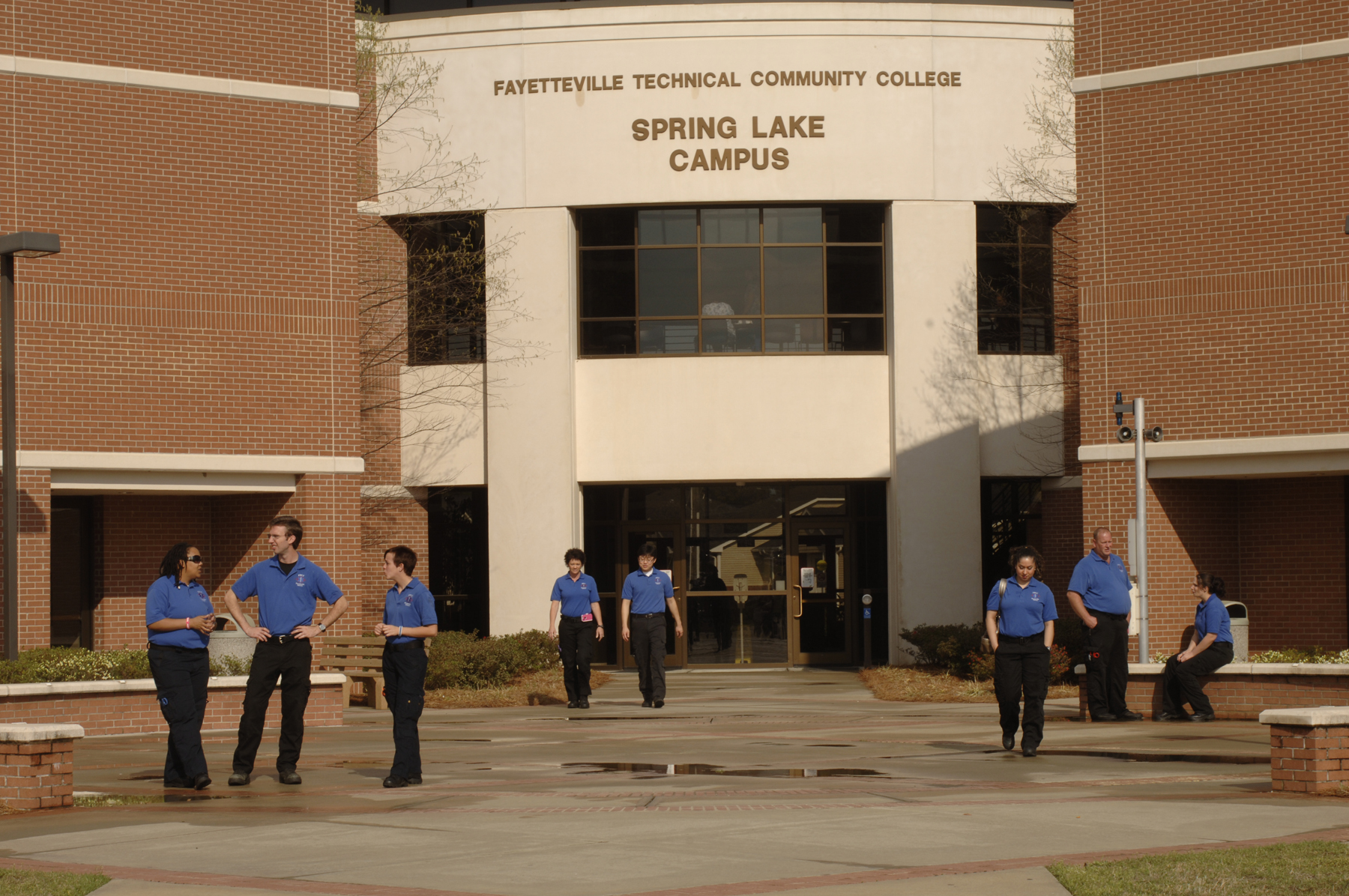
Unit 5-Bloodborne Pathogens
Exposure Procedures
Objectives:
After completion of this module, the learner will be able to:

Make sure you are familiar with the specific procedures for the clinical affiliates you visit. Follow the exposure guidelines for the specific clinical site.
Exposure Incident: A specific eye, mouth, other mucous membrane non-intact skin, or parenteral contact with blood or other potentially infectious materials that results from the performance of duties.
Responsibilities of the Employee
These procedures may vary but typically include, but not limited to:
1. Remove all contaminated personal protective equipment immediately and dispose of properly.
2. Wash exposed areas with soap and water or flush mucous membranes as appropriate. (Example: use of eye wash/flush if eyes are splashed.)
3. Report the incident immediately to supervisor of clinical affiliate for directive of necessary steps. (May include being seen on site.)
Room or other designated employee care.)
4. Follow up with Department Supervisor and Security as soon as possible and complete Incident Form.
Responsibilities of the Supervisor
These procedures may vary but typically include, but not limited to:
1. Ensure the employee seeks medical care/first aid as appropriate, if not provided by clinical site.
2. Ensure that Security is notified immediately at 678-8433.
If you have any questions at any time regarding the information presented in this tutorial, please contact David Sullivan at 910-916-0688.

These are listed in the "Emergency Guide for Illness, Injury and Emergency Response Procedures " Booklet.
Exposure Incident: A specific eye, mouth, other mucous membrane non-intact skin, or parenteral contact with blood or other potentially infectious materials that results from the performance of duties.
Responsibilities of the Employee
1. Remove all contaminated personal protective equipment immediately and dispose of properly.
2. Wash exposed areas with soap and water or flush mucous membranes as appropriate.
3. Report the incident immediately to supervisor/principal.
4. Contact Security at 678-8433 or use an Emergency Call Box.
Responsibilities of the Supervisor
1. Ensure that employee seeks medical care/first aid as appropriate.
2. Ensure that the spill is properly cleaned up, blocked off, as appropriate.
3. Ensure that Security is notified immediately at 678-8433 or use an Emergency Call Box.
If you have any questions at any time regarding the information presented in this tutorial, please contact David Sullivan at 910-916-0688.

Guidelines for Handling Body Fluids
These are listed in the "Emergency Guide for Illness, Injury and Emergency Response Procedures " Booklet.
Body fluids contain a variety of germs (bacteria and viruses) that may cause infection and disease include bloods, vomit, feces, urine, saliva, nasal and respiratory fluids.
Proper hygiene procedures to follow:
1. Use disposable gloves.
2. Remove body fluids with disposable paper towels. With large amounts, use absorbent agents.
3. Disinfect hard surface areas and non-disposable items with 10% bleach solution.
4. Dispose of body fluids, paper towels and disposable gloves in a sealed plastic bag.
5. Wash hands with soap and running water for at least 10 seconds.
Now test your knowledge! You do not need a minimum score for any of the "Practice Time" Activities. These are to help review the material covered thus far!
Practice Time!
If you have any questions at any time regarding the information presented in this tutorial, please contact David Sullivan at 910-916-0688.

If you have any questions at any time regarding the information presented in this tutorial, please contact David Sullivan at 910-916-0688.
At the completion of this module, please make sure to choose both "Email Score", and "Print Certificate". For compliance, please include your job title after your name. The completed report ("Email Score") is emailed to the OSHA Services coordinator for record keeping, and the printed certificate is for your personal records.
Congratulations!!! You have completed your annual training in "Bloodborne Pathogens"!!!